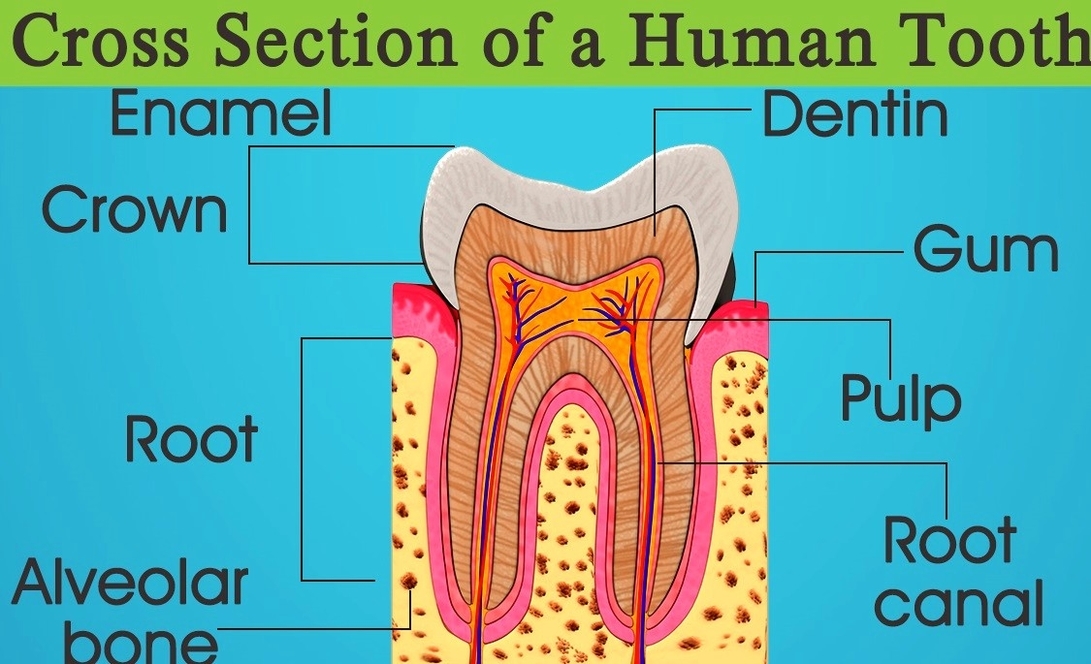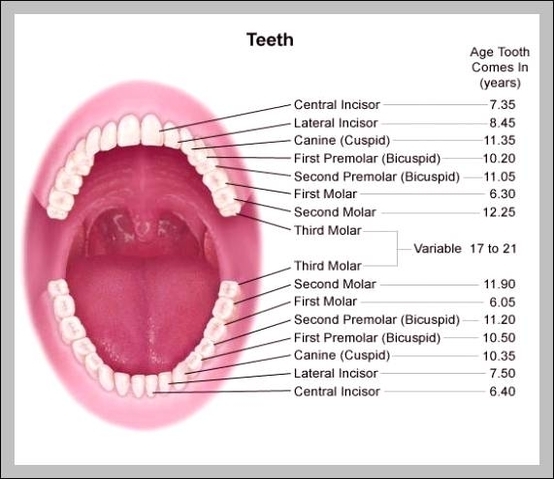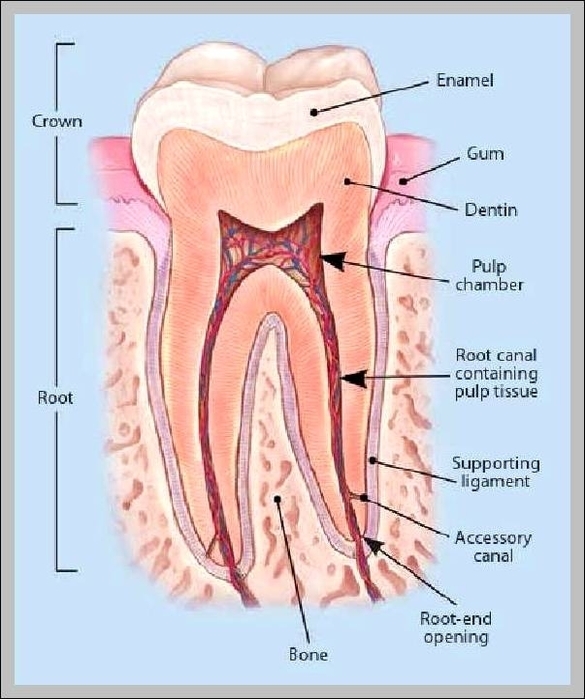cross section of a molar [1] Teeth are formed of two main parts: the crown (the visible protruding part) and one or several roots (the part inserted into the maxilla). Highly mineralized tissue covering and protecting the dentin of the crown; it is the hardest tissue in the organism.
cross section of a molar Teeth are formed of two main parts: the crown (the visible protruding part) and one or several roots (the part inserted into the maxilla).
Highly mineralized tissue covering and protecting the dentin of the crown; it is the hardest tissue in the organism. Part of the tooth covered with enamel and protruding outside the gum. Narrow part of the tooth surrounded by the gum separating the crown from the root.
Cross Section Of a Tooth Diagram - Chart - diagrams and charts with labels. This diagram depicts Cross Section Of a Tooth




